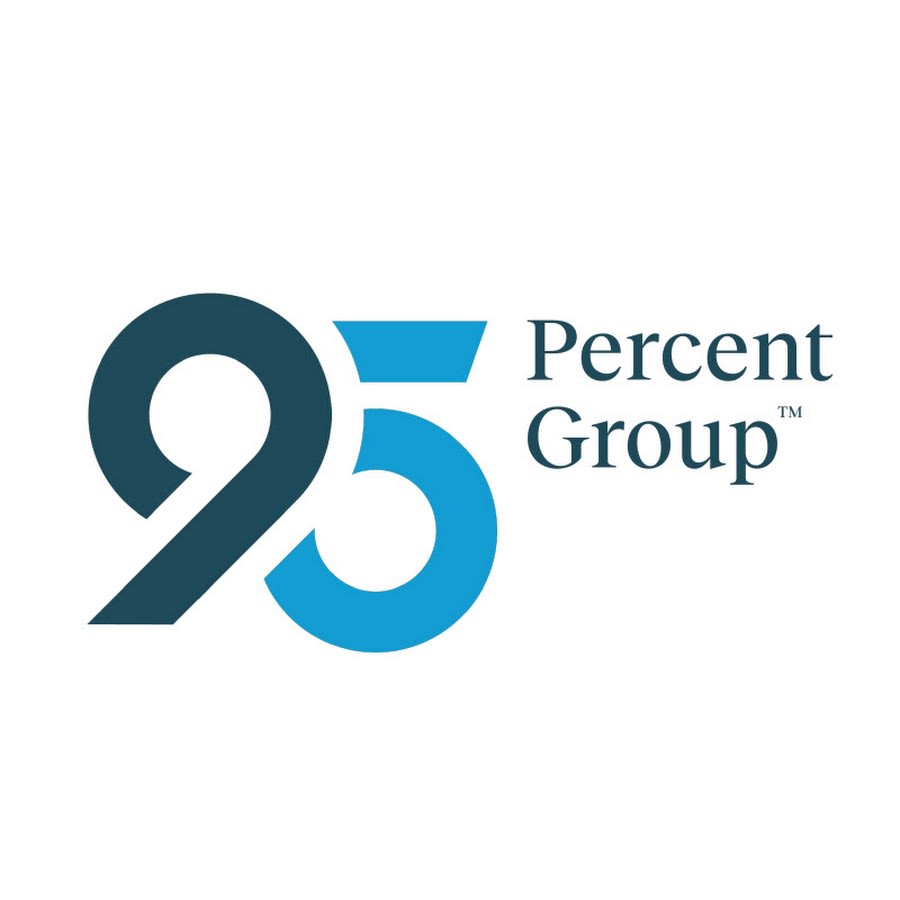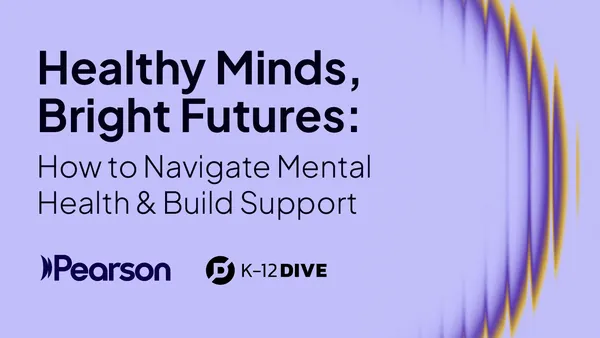Dive Brief:
- According to lawyer Dirk Tillotson, founder of the charter school advocacy group Great School Choices, 73% of charter-run schools are K-8 or 6-12, while only 9% of district-run schools are.
- Tillotson argues that the configuration used by charters is beneficial to students because it reduces stress and anxiety around middle school building or school transitions, saying that more school transitions lead to "a number of largely negative effects on student achievement, discipline and self-esteem."
- Traditional public schools in the Oakland Unified School District should follow the example of the city's charter schools, Tillotson suggests, to help student performance and well-being.
Dive Insight:
The move suggested by Tillotson is likely too radical for actual implementation throughout the Oakland Unified School District. Oakland's Superintendent Antwan Wilson is immersed in an ambitious plan, the "Pathway to Excellence," which aims to bring the district's percentage of third-graders reading at level from 38% to 85% and the graduation rate rise from just 67% to 85% by 2020. The plan also includes an initiative to eliminate out-of-school suspensions for 97% of black male students. It also addresses English language learners with a goal bringing 50% of them to a classification of fluency, as opposed to 7%. The plan also calls for a 10% raise for all teachers, meted out over a few years.
It's unclear how Tillotson's suggestions would play out. In Oakland Unified, a reported 71% of students qualify for free and reduced lunch and 65% identify as either African-American or Hispanic. There, a $5 million computer science pilot sponsored by Intel is unfolding, and many other districts are watching to see if it might become a national model for how tech companies can get more low-income students and students of color to join their organizations. The goal of the program is to send 600 students to college to study computer science and subsequently work at Intel or a similar tech company.













